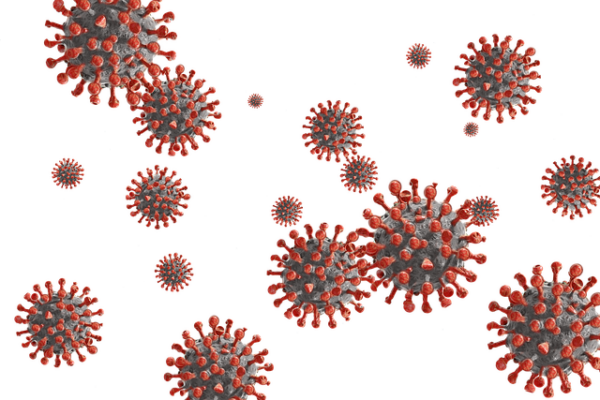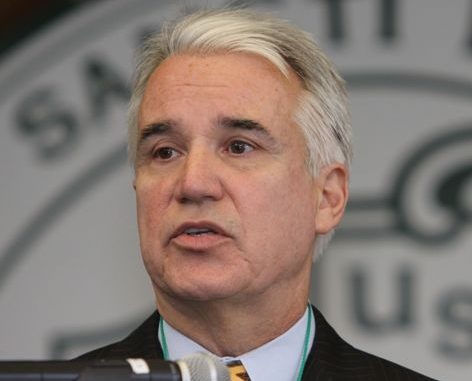The BA.2 subvariant is now believed to be the dominant COVID-19 strain circulating in Los Angeles County, which has seen an uptick in daily infection numbers — though hospitalization figures remain low and the death rate keeps declining, the public health director said Thursday.
Official figures released by Public Health Director Barbara Ferrer on Thursday showed that the highly infectious BA.2 subvariant — an offshoot of the Omicron variant that fueled the winter surge in cases — accounted for 47% of all infections in the county that underwent specialized testing to identify virus strains. But she said that percentage was based on cases from two weeks ago, and BA.2 is likely now responsible for more than half of the county’s infections.
Last week, BA.2 represented about 32% of infections in the county, double the 16% rate from the week prior.
The spread of the infectious variant is being blamed for increases in case numbers locally. Ferrer noted that over the last seven days, the county has been averaging 878 new cases per day, up from 660 per day the previous week — a roughly 33% increase.
And she noted that the case counts are likely low, since many people are taking advantage of home testing kits and may not report their results to the county, even if they test positive.
But while the increase in cases is disturbing, the rise has not translated into surges of hospital patients, or in the actual rate of people testing positive for the virus, which remains at about 1%.
Ferrer said the number of COVID-positive patients in county hospitals has remained below 300 — reaching 273 as of Thursday, according to state figures.
And the daily number of deaths attributed to the virus continues falling, averaging 13 per day over the past week, compared to 17 per day a week earlier.
She continued to express some concern about recent increases in school outbreaks, reporting a total of 14 over the past week. The increase correlates with the spread of the BA.2 subvariant, and follows the recent lifting of indoor mask-wearing mandates at school campuses.
But Ferrer noted that the testing positivity rate still remains very low at school campuses — below the countywide rate. She urged campuses that are seeing outbreaks, however, to take steps such as improving ventilation, requiring weekly testing for unvaccinated students and requiring exposed students to test negative before returning to class.
She also issued a reminder that while masks are no longer required indoors at schools, they are still strongly recommended.
The county reported a total of 1,088 new cases on Thursday, bringing the pandemic total in the county to 2,839,480. Another 15 deaths were recorded, raising the cumulative death toll to 31,754.
Of the 273 COVID-positive people currently hospitalized — a drop from 292 on Wednesday — 38 were being treated in intensive care, down from 42 a day earlier.
Ferrer also presented statistics Thursday on the county’s overall mortality rates for ethnic groups, showing sharp increases over the past two years when COVID spread rapidly. Broken down by ethnic groups, the COVID pandemic pushed the mortality rate for Latino/a residents above that of white residents, who have historically had the second-highest rate below only Black residents.
Comparing overall death numbers, the county experienced 16,566 “excess” deaths overall in 2020 — the year the pandemic began — compared to 2019. Ferrer said 67% of those excess deaths are attributable to COVID-19.
She called the numbers a “somber reminder of the terrible toll that COVID-19 has had on communities across the county.”







